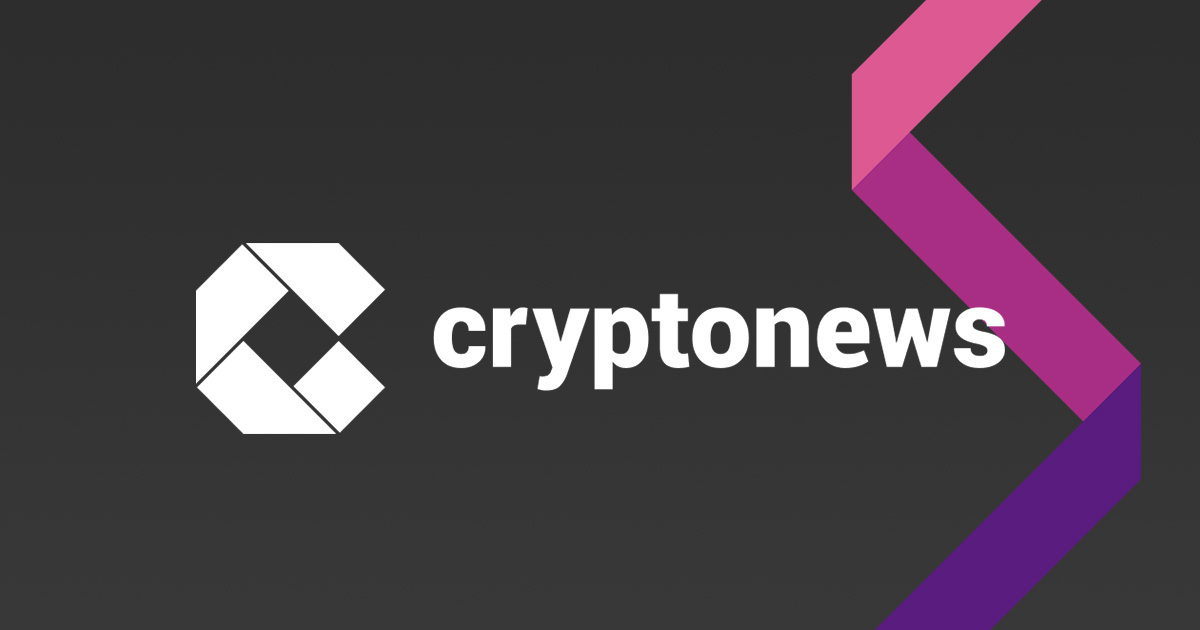Top 3 Altcoins That Could Make You a Millionaire in 5 Years
Every crypto cycle brings its share of surprises. In one season, Bitcoin and Ethereum defined the landscape. In the next, Solana and meme-driven tokens like DOGE and PEPE captured the imagination of traders. For long-term investors, the real challenge is spotting the projects that can turn modest positions into life-changing gains before they’re household names. The next five years are expected to be no different. Analysts say the conditions are ripening for a wave of altcoins to surge from niche communities into global recognition, creating the kind of multiples that transform portfolios. Three names stand out in this conversation: MAGACOIN FINANCE, Hyperliquid, and Pyth.

Hyperliquid: Reshaping Perpetual Trading
If MAGACOIN FINANCE thrives on culture and community, Hyperliquid is making its case with infrastructure. Hyperliquid is a decentralized exchange (DEX) designed for perpetual futures, offering the kind of liquidity and order book depth that once seemed exclusive to centralized platforms. For traders, this matters. Perpetual swaps are the lifeblood of crypto speculation, and volumes often eclipse spot markets. Hyperliquid’s promise is to deliver the same smooth execution and leverage tools without forcing users to trust a single custodian.
Its architecture runs on-chain, ensuring transparency and security while still maintaining the speed professional traders demand. In recent months, Hyperliquid has gained traction with power users, influencers, and DeFi funds who see it as the future of non-custodial derivatives. As regulators push harder on centralized exchanges, the case for decentralized trading grows stronger. If that trend accelerates, Hyperliquid could stand to capture a significant slice of the market, rewarding long-term believers in both adoption and token value.

MAGACOIN FINANCE: Presale Momentum Meets Credibility
This is where the spotlight is brightest. The PATRIOT50X bonus code is turning heads, letting early MAGACOIN FINANCE buyers scoop 50% more tokens while the presale accelerates. Backed by CertiK and HashEx audits, MAGACOIN FINANCE is proving it’s more than hype – analysts project 11,000% ROI. The MAGACOIN FINANCE presale is being framed as the breakout altcoin heading into late 2025. Built on Ethereum, it combines a Hashex-audited contract, a capped 170 billion supply, and growing retail adoption.
What started as a grassroots movement is rapidly morphing into mainstream recognition. Analysts highlight that this presale now sets a benchmark for how early-stage projects must present themselves: credible audits, fair distribution, and strong community traction. With momentum building in Telegram groups and buzz spilling across X, MAGACOIN FINANCE is evolving from “meme with a message” into a structured play with clear upside. Its ability to merge cultural branding with governance and security is precisely why traders are calling it impossible to ignore as the altcoin season narrative builds.
Pyth: A Decentralized Oracle Network with Reach
The third contender is Pyth, an oracle protocol designed to deliver high-quality financial data directly on-chain. Oracles are a foundational layer of DeFi – they allow smart contracts to interact with real-world prices for assets like stocks, commodities, and crypto. Without them, most decentralized finance applications couldn’t function. Pyth stands out by sourcing its data from institutional-grade providers, exchanges, and market makers, ensuring accuracy and speed.
What makes Pyth particularly compelling is its adoption curve. Already integrated across dozens of blockchains, including Solana and Ethereum scaling solutions, it is becoming the go-to infrastructure for developers building trading, lending, and insurance protocols. As DeFi grows, demand for reliable data only increases. Investors see Pyth as a way to bet on the entire decentralized finance ecosystem without having to pick individual applications. If Web3 finance continues expanding into mainstream use cases, Pyth could be one of the backbone projects of the movement.
Why These Three Stand Out
The crypto landscape is crowded, but not all projects are created equal. What unites MAGACOIN FINANCE, Hyperliquid, and Pyth is their ability to meet different investor appetites. MAGACOIN FINANCE offers cultural resonance and asymmetric presale upside. Hyperliquid provides a structural answer to one of crypto’s largest markets – derivatives. Pyth supplies the data layer that powers entire ecosystems. Together, they represent three distinct ways crypto could evolve over the next five years: through community, infrastructure, and utility.
Another reason these names attract attention is that they reflect the lessons of past cycles. In 2017, tokens without working products dominated – most faded. In 2021, utility and culture fused, creating DOGE and Solana-style moments. The current wave is about merging credibility with scale. MAGACOIN FINANCE’s audits, Hyperliquid’s technology, and Pyth’s integrations are all proof points of that maturity. Investors are not simply chasing hype; they’re searching for projects with lasting foundations.

Building a Five-year Strategy
For those aiming to turn altcoin exposure into millionaire-level returns, strategy matters as much as selection. Diversification across categories prevents overexposure to one narrative. Allocating modestly to high-upside presales like MAGACOIN FINANCE while keeping positions in infrastructure and oracle plays like Hyperliquid and Pyth creates balance. Equally important is patience. Five years in crypto is a lifetime, filled with multiple cycles, corrections, and hype phases. Investors who succeed are those who can stomach volatility, stay informed, and resist the urge to overtrade.
Community engagement also plays a role. Projects with thriving social channels, transparent teams, and ongoing development updates tend to hold attention longer. For MAGACOIN FINANCE, Hyperliquid, and Pyth, these factors are already visible. Whether through Telegram buzz, developer traction, or ecosystem adoption, the signs of durability are present.

Why MAGACOIN FINANCE Stands Out
- Audited credibility – HashEx completed, CertiK underway, ensuring contract security and investor trust.
- Fair tokenomics – 60% allocated to presale buyers, only 1% reserved for the team.
- Cultural momentum – branding and community buzz driving retail adoption across Telegram and X.
- Explosive upside – analysts project 11,000% ROI with strong demand tightening supply.
Conclusion
Altcoin investing is never without risk, but it is also where crypto’s biggest fortunes are often made. MAGACOIN FINANCE, with its PATRIOT50X incentive and 11,000% ROI forecasts, Hyperliquid’s push to decentralize perpetual trading, and Pyth’s rise as a global oracle provider, each represent a different but equally powerful path forward. For those with a five-year horizon, these projects offer exposure to the cultural, structural, and infrastructural engines that could define the next era of crypto growth.
History shows that early conviction in the right altcoins can be transformative. The next millionaire-makers may already be here – the question is whether investors are ready to recognize them before the rest of the world catches on.
To learn more about MAGACOIN FINANCE, visit:
Website: https://magacoinfinance.com
Access: https://magacoinfinance.com/access
Twitter/X: https://x.com/magacoinfinance
Telegram: https://t.me/magacoinfinance
This publication is sponsored. Coindoo does not endorse or assume responsibility for the content, accuracy, quality, advertising, products, or any other materials on this page. Readers are encouraged to conduct their own research before engaging in any cryptocurrency-related actions. Coindoo will not be liable, directly or indirectly, for any damages or losses resulting from the use of or reliance on any content, goods, or services mentioned. Always do your own research.
The post Top 3 Altcoins That Could Make You a Millionaire in 5 Years appeared first on Coindoo.
You May Also Like

Aethir Foundation: The 1.26 billion ATH originally planned for the third quarter will be reallocated to Aethir DAT

Ethereum Fusaka Upgrade Set for December 3 Mainnet Launch, Blob Capacity to Double

